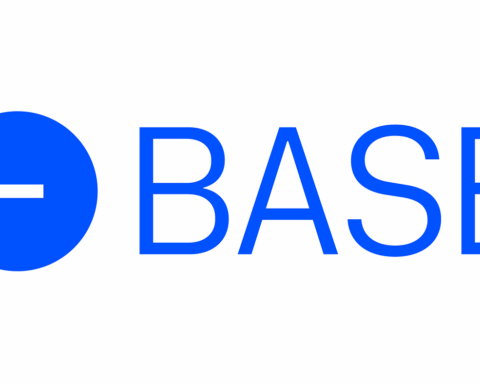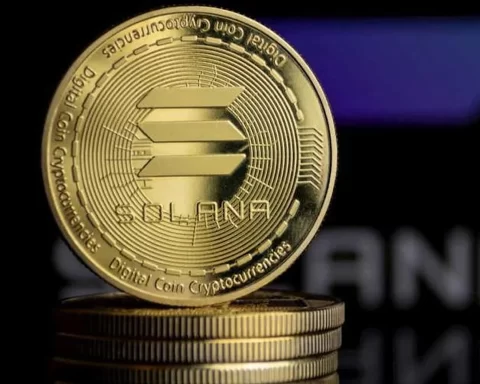The Chicago Mercantile Exchange (CME) Bitcoin futures market demonstrated a surging demand from institutional investors, surpassing Binance’s BTC futures market in terms of size.
This development underscores a growing confidence among these investors in Bitcoin’s potential to breach the $40,000 mark in the near future.
CME currently boasts a Bitcoin futures open interest of $4.35 billion, a level not seen since November 2021 when Bitcoin reached its all-time high of $69,000.
This significant uptick in interest is seen as a clear indicator of heightened enthusiasm. However, the question that looms is whether this surge is substantial enough to justify further price gains.
The remarkable 125% increase in CME’s BTC futures open interest, soaring from $1.93 billion in mid-October, is closely tied to the anticipation surrounding the approval of a spot Bitcoin exchange-traded fund (ETF).
It’s important to note that this movement doesn’t necessarily correlate directly with market makers’ or issuers’ actions. Cryptocurrency analyst JJcycles raised this theory in a social media post on November 26.
Institutional investors have alternative options to navigate the high costs associated with futures contracts.
They can consider CME Bitcoin options, which demand less capital while offering similar leveraged long exposure.
Furthermore, regulated ETF and exchange-traded notes (ETN) trading in regions like Canada, Brazil, and Europe present viable alternatives.
It might appear naive to assume that the world’s largest asset managers would take substantial risks with derivatives contracts contingent on a decision by the U.S. Securities and Exchange Commission, expected only in mid-January.
Nonetheless, the undeniable growth in CME Bitcoin futures open interest serves as concrete evidence of institutional investors increasingly turning their attention to the cryptocurrency market.
READ MORE: Binance Takes Regulatory Turn
CME’s Bitcoin futures activity witnessed another noteworthy development on November 28. The annualized premium for CME Bitcoin futures, typically at 5% to 10% in neutral markets, spiked from 15% to 34%, eventually stabilizing at 23% by the end of the day.
Such a basis rate exceeding 20% indicates substantial optimism, suggesting a willingness among buyers to pay a premium for leveraged long positions.
Currently, the metric stands at 14%, indicating that whatever drove this unusual movement is no longer a factor.
Notably, during that eight-hour period on November 28, Bitcoin’s price rose from $37,100 to $38,200.
However, discerning whether this surge was prompted by the spot market or futures contracts is challenging, as arbitrage between the two occurs in milliseconds.
Instead of fixating on intraday price movements, traders should refer to BTC option market data for confirmation of institutional investor interest.
The data on the 30-day BTC options 25% delta skew, consistently remaining below the -7% threshold over the past month, supports the bullish sentiment among institutional investors using CME Bitcoin futures.
This casts doubts on the theory of whales accumulating assets ahead of a potential spot ETF approval. In essence, derivatives metrics do not indicate excessive short-term optimism.
While a spot ETF approval remains a driving force, with Bitcoin’s price hovering near $38,000, it seems that bulls will continue to challenge resistance levels.
However, if market makers were overwhelmingly confident in an SEC approval, the BTC options delta skew would likely be much lower.
Discover the Crypto Intelligence Blockchain Council





